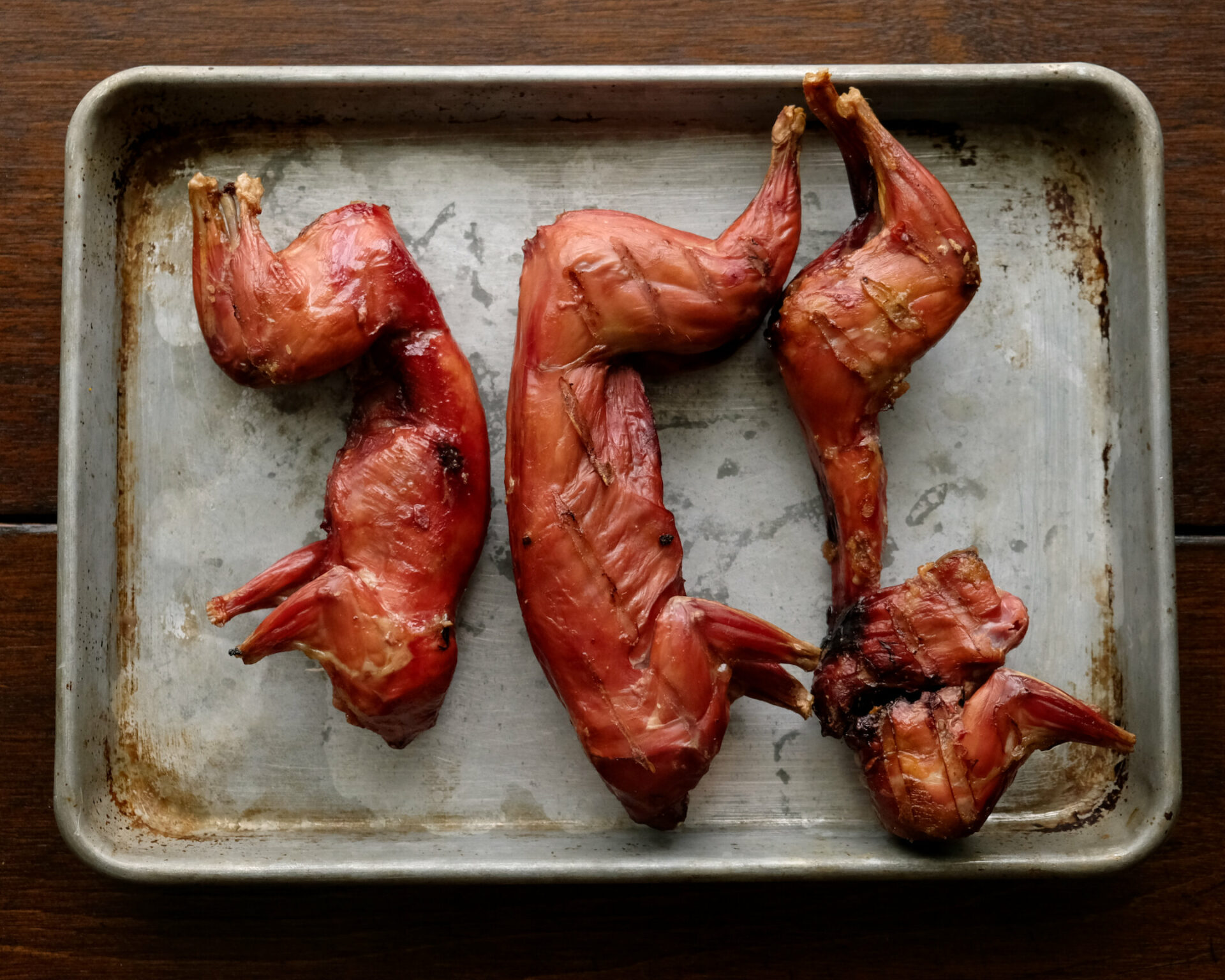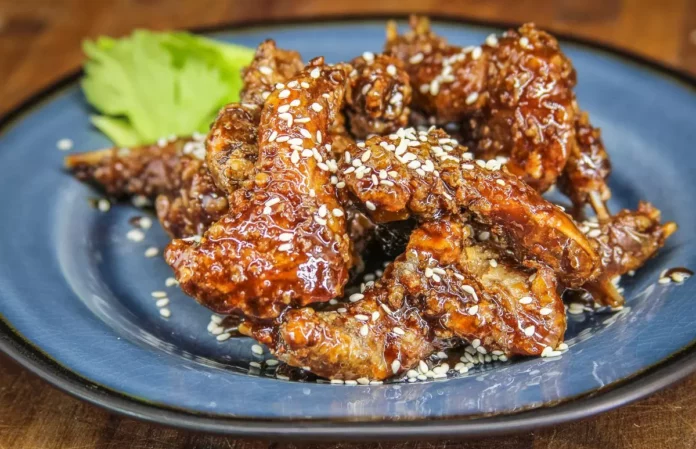In recent years, there’s been a growing interest in sustainable and alternative meat sources, leading many culinary adventurers to ask an intriguing question: what does squirrel meat actually taste like? While the idea might raise eyebrows in some circles, squirrel has been a cherished protein source for centuries and is experiencing a renaissance in modern cuisine. Let’s dive deep into the fascinating world of squirrel meat, exploring its unique flavor profile, preparation methods, and why it might deserve a place on your dinner table.

Table of Contents
The Unique Flavor Profile of Squirrel Meat
For those new to this woodland delicacy, squirrel meat offers a surprisingly sophisticated flavor profile. Most experienced consumers and chefs describe it as a delicate cross between rabbit and chicken, but with a distinctive twist that sets it apart from both. The meat carries a subtle sweetness and, perhaps unsurprisingly, a nutty undertone that’s believed to come from the squirrel’s natural diet of acorns and other nuts.
The meat itself is light in color and features a fine texture that, when properly prepared, can be remarkably tender. Unlike some game meats that can be overwhelmingly gamey, squirrel meat offers a milder, more approachable taste that many find pleasantly surprising. Some connoisseurs describe it as having a slightly “dusky” quality compared to rabbit, adding an extra layer of complexity to its flavor profile.
(For more on the best air rifle for squirrels, see this post)
Species Matters: Different Squirrels, Different Experiences
Not all squirrel meat is created equal, and experienced hunters and chefs know that the species can significantly impact both taste and texture. Grey and black squirrels are generally considered the premium choice, offering more tender meat that’s easier to prepare. Fox squirrels, while edible, tend to be tougher and require more careful preparation to achieve optimal results.
In the United Kingdom, where grey squirrels are abundant, they’re increasingly being recognized as both a sustainable food source and a way to help control an invasive species that threatens native red squirrels. This ecological angle adds an extra layer of appeal for environmentally conscious diners.

Nutritional Profile
For those interested in the nutritional aspects, squirrel meat offers some impressive benefits. It’s notably lean, making it an excellent option for health-conscious diners. The meat is rich in protein and provides essential nutrients including:
- Vitamin B12
- Vitamin B6
- Niacin
- Iron
However, it’s worth noting that squirrel meat is relatively high in cholesterol, something to consider for those monitoring their cholesterol intake. Despite this, its overall nutritional profile makes it a healthy alternative to many conventional meat options.
The Art of Preparation: Making the Most of Squirrel Meat
The key to enjoying squirrel meat lies largely in its preparation. Due to its lean nature, proper cooking techniques are essential to achieve the best results. Here are some proven methods:
Slow Cooking and Braising
The most foolproof method for preparing squirrel is slow cooking or braising. This approach helps break down the meat’s connective tissues, resulting in tender, flavorful results. A low-temperature braise (between 100ºC and 150ºC) for 4-8 hours typically yields excellent results.
Pressure Cooking
Pressure cooking offers a faster alternative to traditional slow cooking while achieving similar tenderness. This method is particularly useful for older squirrels that might be naturally tougher.
Parboiling and Frying
For those seeking a more traditional Southern approach, parboiling the meat before frying is a time-tested method. This technique helps tenderize the meat while preparing it for crispy, Southern-style preparations.
Roasting
While roasting is possible, it requires careful attention to prevent the lean meat from drying out. Frequent basting is essential, and many chefs recommend wrapping the meat in bacon or other fats to maintain moisture.

Young vs. Old: Age Matters
The age of the squirrel significantly impacts both taste and preparation requirements. Young squirrels, particularly those harvested in their first year, tend to be more tender and can often be cooked without parboiling. Their meat is generally sweeter and more delicate in flavor.
Older squirrels, while still perfectly edible, typically require longer cooking times and more careful preparation to achieve optimal tenderness. However, some argue that older squirrels offer a more complex, developed flavor profile that makes the extra effort worthwhile.
Cultural Significance and Modern Revival
Squirrel meat holds a special place in various culinary traditions, particularly in the American South, where it’s a key ingredient in classic dishes like Brunswick stew. This hearty dish, combining squirrel meat with vegetables like tomatoes, lima beans, and okra, has been a Southern staple since the 19th century.
In recent years, there’s been a revival of interest in squirrel meat among high-profile chefs and restaurants. Renowned culinary figures like Gordon Ramsay and Jamie Oliver have championed its use, and establishments from Hugh Fearnley-Whittingstall’s River Cottage to upscale urban restaurants have featured squirrel on their menus.

Complementary Flavors and Cooking Tips
To make the most of squirrel meat, consider pairing it with complementary flavors:
Herbs and Spices:
- Rosemary
- Sage
- Thyme
- Parsley
- Cayenne
- Paprika
- Chili
Alcohols for Cooking:
- Dry red wine (particularly Claret)
- Cider
- Ale
The meat works particularly well with nuts and berries, playing to its natural flavor profile. It also holds up admirably in both tomato-based sauces and creamy preparations.
Conclusion
While squirrel meat might not be the first protein that comes to mind for many modern diners, its unique flavor profile, nutritional benefits, and sustainability credentials make it worthy of consideration. The combination of chicken-like familiarity with subtle nutty undertones offers an accessible entry point into game meats for curious culinary explorers.
Whether slow-cooked in a traditional Brunswick stew, Southern-fried to crispy perfection, or prepared using modern culinary techniques, squirrel meat offers a unique and rewarding dining experience. As we continue to seek out sustainable and interesting food sources, this traditional protein may well see its popularity continue to rise in contemporary cuisine.












































